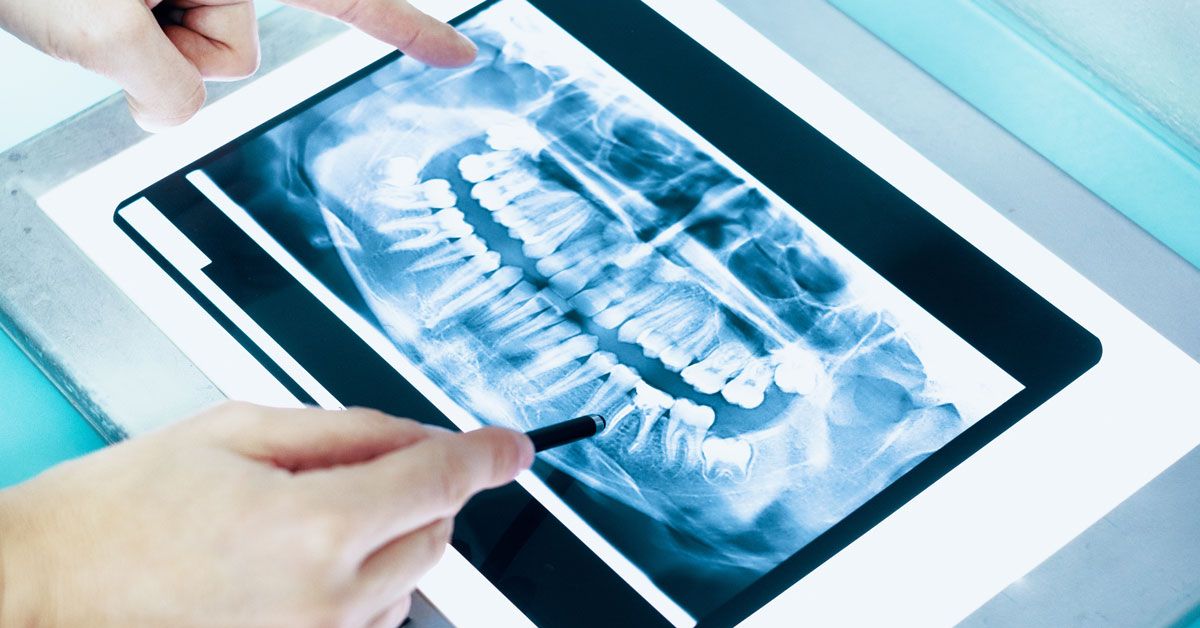
What You Should Know About Dental X-Rays
Dentists believe that X-rays are indispensable to their diagnostic practices. You sometimes may find yourself wondering why your Marco Island dentist is requesting an X-ray as part of your oral exam.
X-rays, also known as radiographs, emerged as a useful tool in the field of dentistry within weeks of the X-ray’s invention. Discovered by a German physicist in November 1895, a German dentist took the first dental X-ray two weeks after the physicist publicly presented his discovery. American Dentist Charles Edmund Kells followed suit in July 1896. Dr. Kells went on to become the biggest promoter of dental X-ray use in America at the turn of the century. He was instrumental in advancing X-ray technology for use in the dental field.
Dental X-ray technology has come a long way since its invention. Patient and user safety was a key component of technological X-ray advancement. Todays’ X-rays expose patients to less radiation than one might receive during a transatlantic flight. In fact, a patient would have to receive more than 1,000 full mouth X-rays in a year to reach a radiation exposure level deemed harmful to one’s health.
The dental-care experts at southwest Florida’s Island Tower Dentistry strive to reassure patients about the safety of dental X-rays, but also want you to know how beneficial radiographs are in their role as a standard of dental care.
What Exactly Are Dental X-Rays Used For?
Dental X-rays are used to help monitor the condition of teeth and surrounding tissue. They provide key visual information that cannot normally be seen during an oral exam. For instance, an X-ray can help identify a cavity located between two closely spaced teeth.
Other key uses of dental X-rays include:
- Spot decay occurring behind an existing filling
- Expose bone loss occurring as a result of gum disease
- Reveal an abscess—infection—at the tooth root or between the gum and adjacent teeth
- Monitor the development and incoming placement of wisdom teeth
- Identify oral abnormalities, such as cysts and some types of tumors
- Monitor the development and correct placement of incoming teeth in children
- As a preparatory tool in advance of oral surgeries or related procedures
Frequency and Need for Dental X-Rays
The frequency with which your dentist seeks dental X-rays is largely dependent upon:
- Age
- Dental history
- Abnormalities seen during an oral exam
- Current condition of teeth and gums
In general, children typically receive more frequent dental X-rays than adults. Some adults may receive frequent X-rays due to their dental-health risk profile. Additionally, some adults need to monitor a specific oral condition, such as gum disease.
Adult patients who may need more frequent X-rays are:
- Those who have had extensive restorative work and lots of fillings—to expose potential tooth decay hidden by the dental work
- Those with periodontal (gum) disease—to monitor bone loss and teeth anchoring within the bone
- People known to drink lots of sugary beverages—as they are more prone to tooth decay
- People who suffer from dry mouth, whether due to aging or medications—as it limits the mouth’s natural ability to ward of tooth decay
- Smokers—who are more prone to periodontal disease and other oral health complications
Care For Your Oral Health At Island Tower Dentistry
The dental-care experts at Island Tower Dentistry rely on dental X-rays as a crucial component of their dental care practice. If you have any questions about our use of dental X-rays, whether specific to your oral health care or in relation to safety concerns, please don’t hesitate to ask your hygienist or dentist. To learn more about how the Island Tower team can help you maintain your oral health with dental X-rays and other important dentistry tools, contact us today at 239-394-1004 to make an appointment!